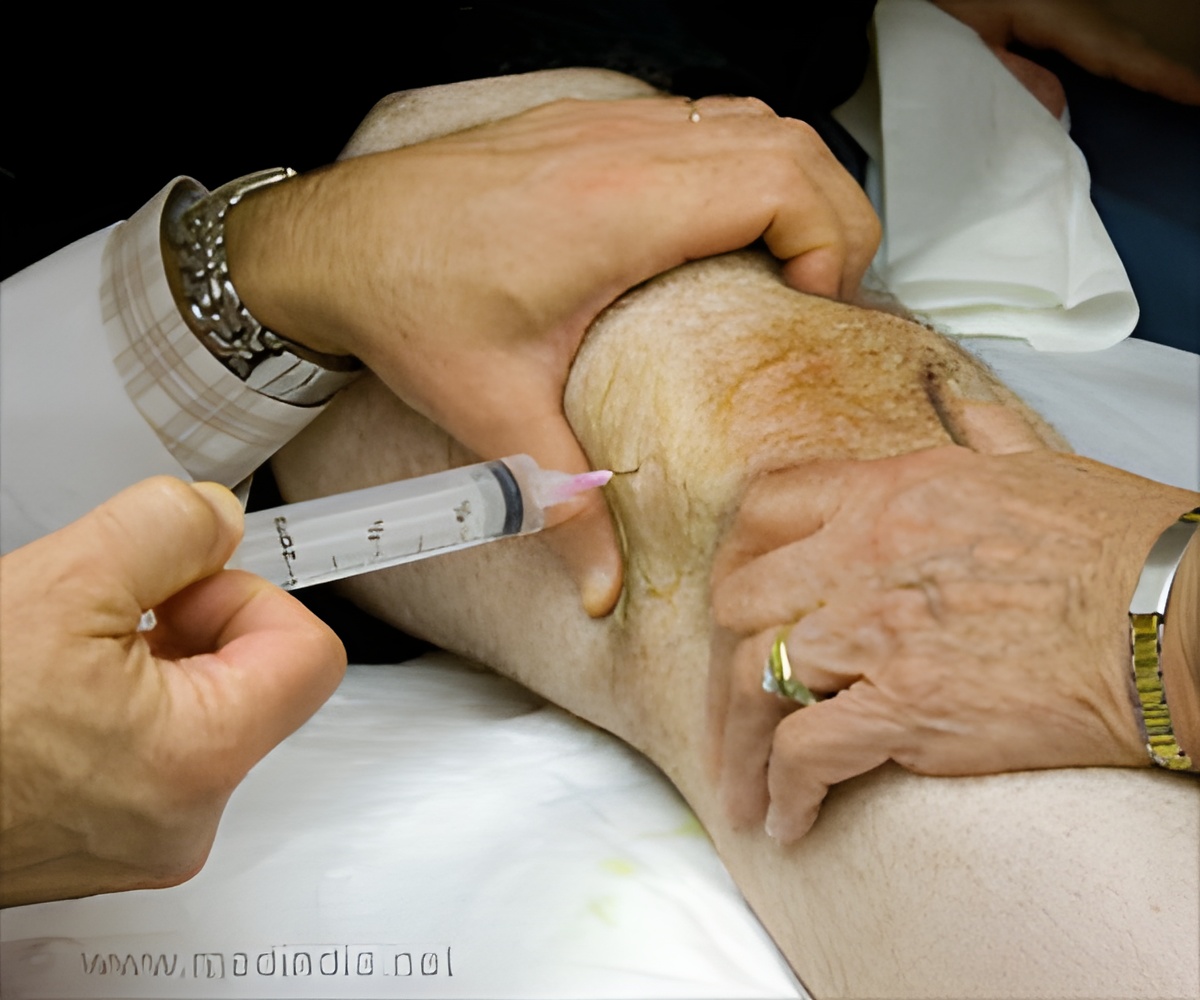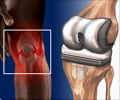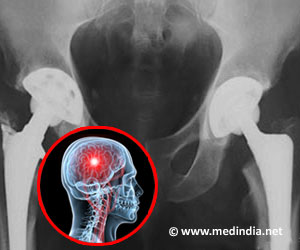A clear downward trend in total knee replacement for rheumatoid arthritis was identified after the addition of new guidelines to treatment protocols.

TOP INSIGHT
After the introduction of biological Disease-Modifying Anti-Rheumatic Drugs (bDMARDs) to national treatment guidelines, the incidence of total knee replacements have reduced.
The incidence of total hip replacements (THR) has also maintained a steady increase in this matched population whereas among RA patients, apart from a rather surprising increase in 2003, the incidence of THR has followed an ongoing downward trend both after and before the guidance was introduced.
Previous data have been conflicting regarding a possible impact of more aggressive treatment, including treatment with bDMARDs, on the need for knee and hip replacements in patients with RA.
"Our findings show a clear downward trend in these two operations in RA patients in Denmark since the addition of bDMARDs to treatment protocols", said lead author Dr. Lene Dreyer, from the Centre for Rheumatology and Spine Diseases, Gentofte, Copenhagen, Denmark.
"In addition, a more widespread use of conventional DMARDs and the treat to target strategy may have contributed to this positive development," Dr. Dreyer concluded.
With a THR baseline incidence rate of 8.72 per 1,000 person years in RA patients, based on biannual data, the downward trend was equivalent to a minus 0.38 reduction in incidence per year both before 2002 and after 2003. In 2003, there was a temporary increase of plus 2.23 in THR incidence per year.
5-year age and sex-standardised incidence rates of THR and TKR were calculated for 30,868 RA patients diagnosed bi-annually between 1996-2011, and compared with 301,527 matched (RA-free) controls.
Source-Eurekalert
 MEDINDIA
MEDINDIA




 Email
Email








